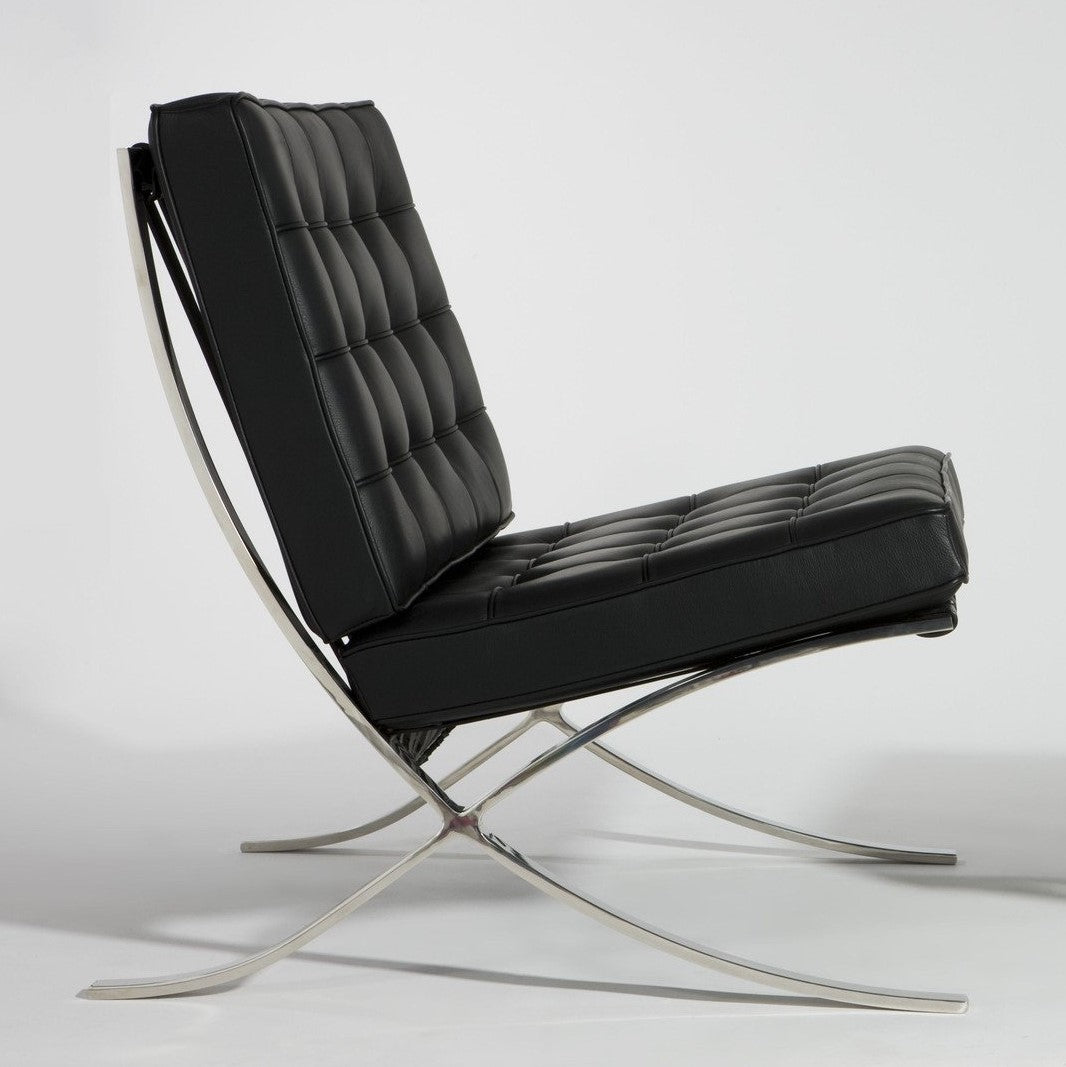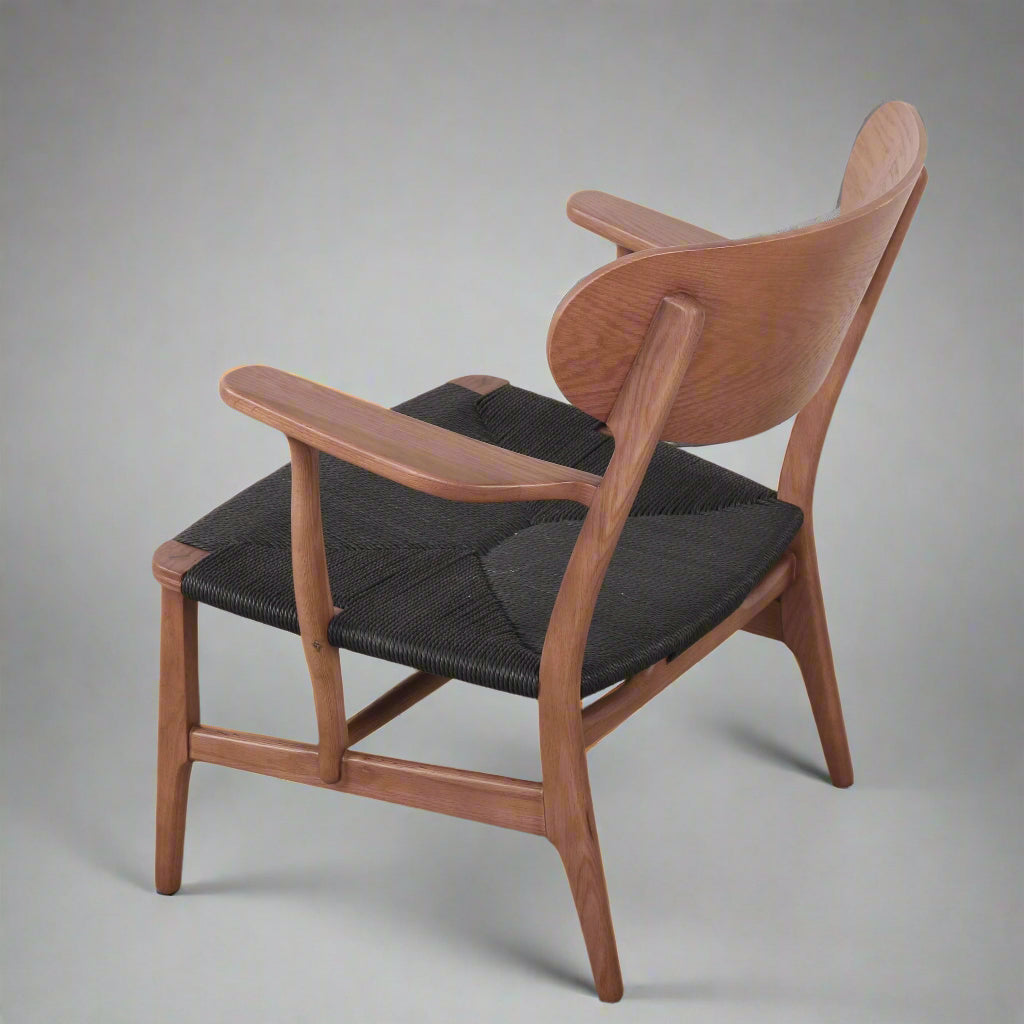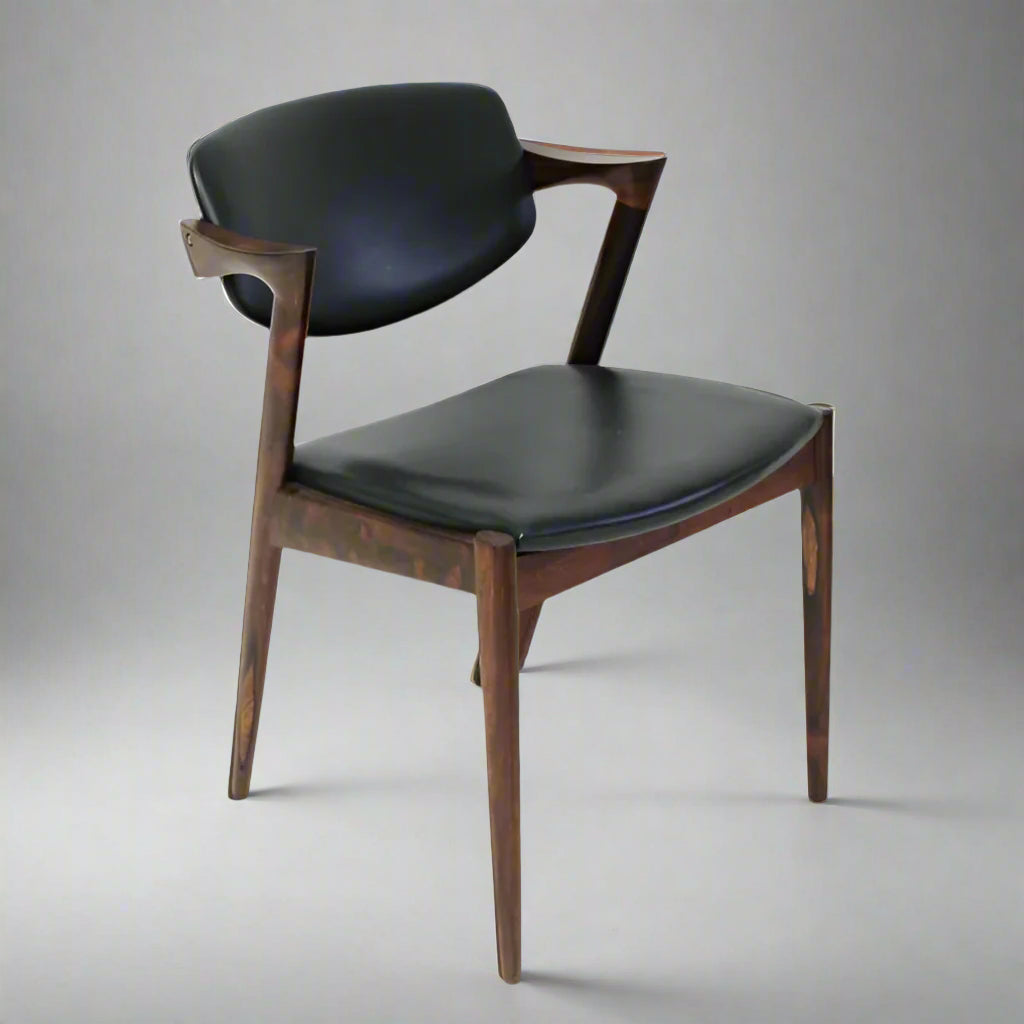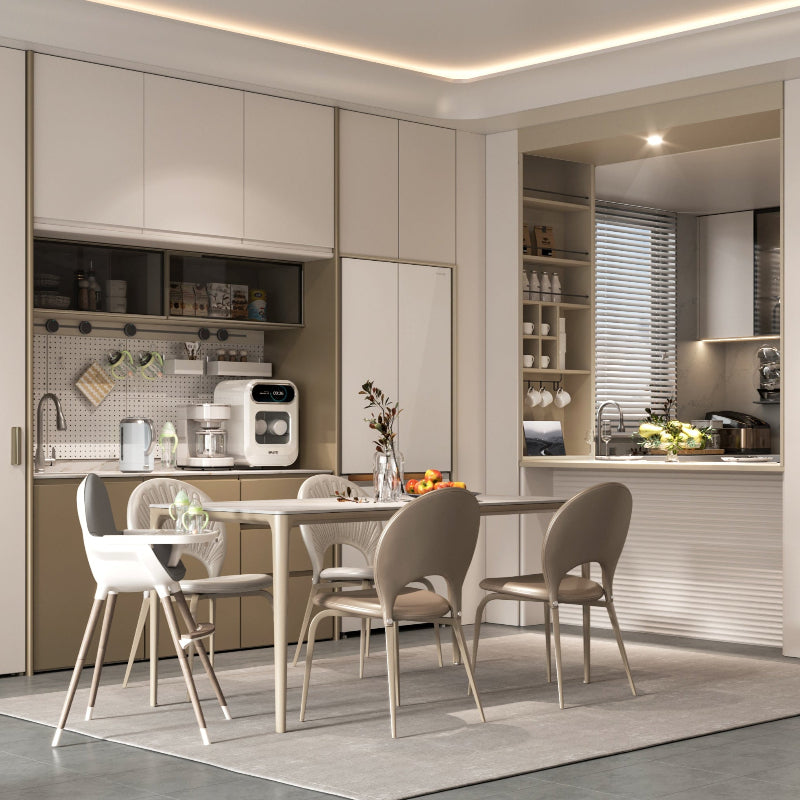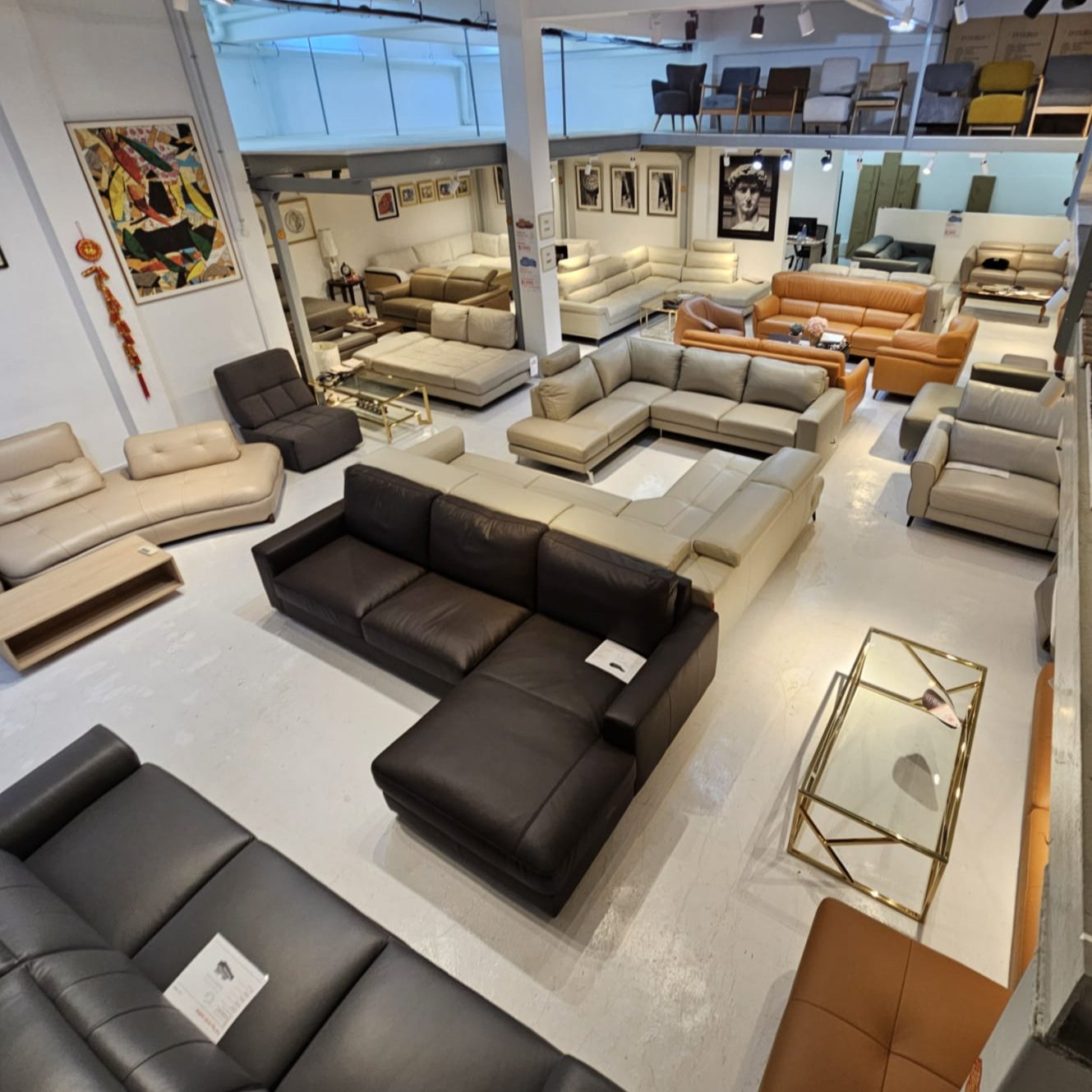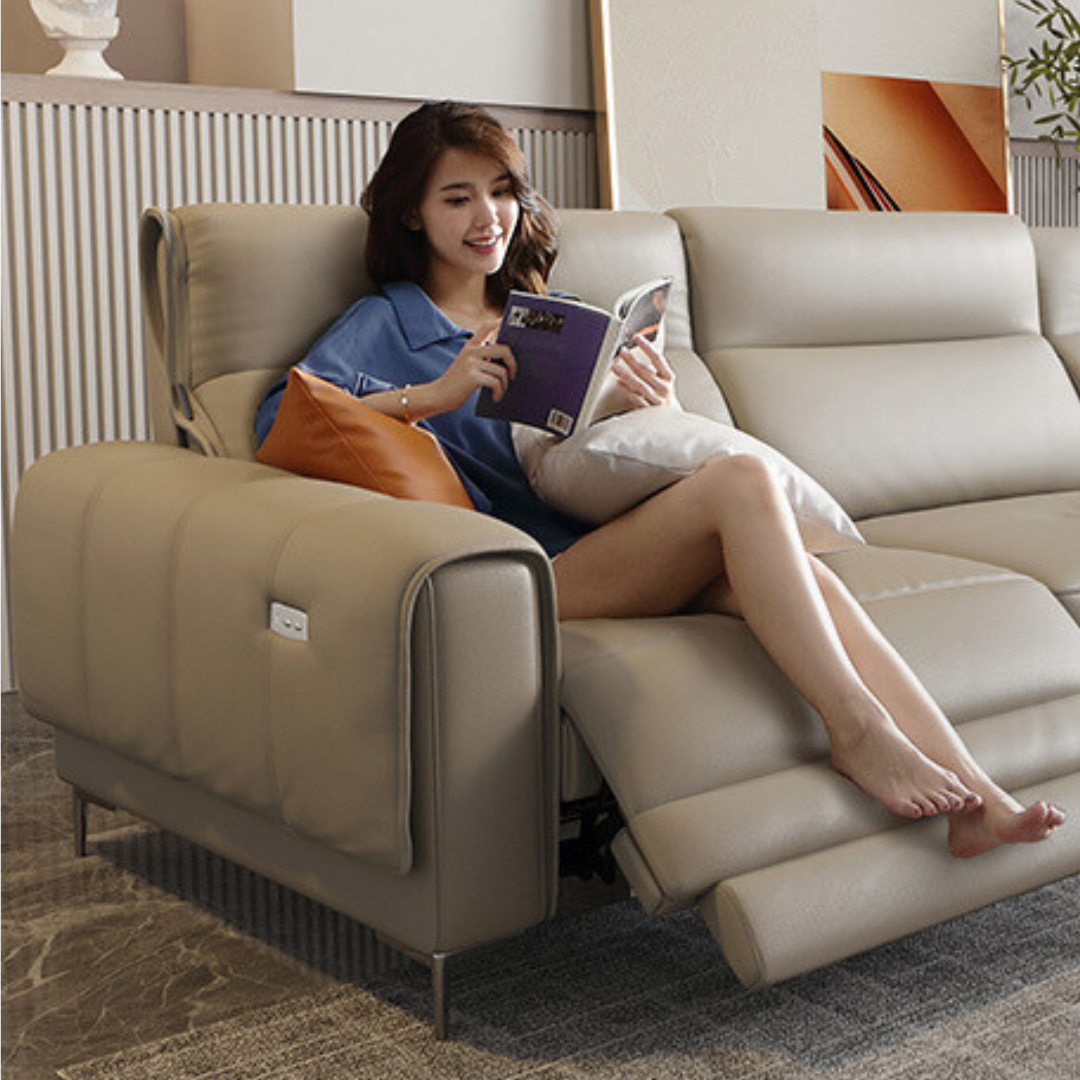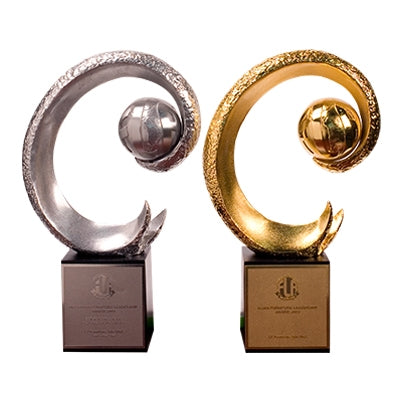The German-American architect Ludwig Mies van der Rohe is widely recognized as belonging to the pantheon of pioneering masters of modern architecture (Le Corbusier is another who does). Mies van der Rohe also served as the last director of the famous Bauhaus school of design, crafts and fine arts. He worked in close collaboration with German interior designer Lilly Reich.
Mies van der Rohe’s influential style rejects mere filigree, instead prizing fine craftsmanship with meticulous attention to detail in line with his signature sayings- “God is in the details” and “Less is more”. It also pairs traditional sumptuous fabrics like leather with modern materials like chrome, such as in the Brno Chair (1929-1930; Bruno Armchair and the Meso Armchair with angled arms), which possesses a lean, almost austere profile with flat-bar arms. The Brno chair was designed for the bedroom of the historical building, Tugendhat Villa. It ranked a place in art historian and BBC television presenter Dan Cruickshank’s art and travel documentary series, Around the World in 80 Treasures.
Mies van der Rohe remarked to Times Magazine in 1957 that, "A chair is very difficult object. A skyscraper is almost easier." His Barcelona Chair, in fact, was a milestone of modern design. He designed very few chairs in his career and they were all for specific places; he did not mean them for the public.

The essence of his designs is also perceptible in the use of cantilevers to arresting effect to highlight the division between dainty supporting structures and the surfaces. The Barcelona Chair (1929; Arcelli Lounge Chair) exemplifies this with a unique X-frame (later redesigned as a seamless piece of metal), plush, individually panelled leather cushioning and leather straps. The chair itself is a singularly unique modern piece and is a common, classy fixture in modern offices buildings as well as popular television shows such as American period television drama series Mad Men. Mies van der Rohe derived inspiration for the Barcelona Chair design from the eminent folding chairs of Egyptian royalty and the Roman Curule folding footstool of a time long past, hence the regal air and feel of the Barcelona Chair. It was specifically designed for the German Pavilion in the International Exposition of 1929, specifically for the inauguration ceremony that Spanish royalty and German officials was expected at. The Barcelona Chair is difficult to manufacture, being almost wholly handmade, and a high-end furniture piece.
Of the same ilk is the Barcelona Couch (1930; Grande Daybed and the variation Grande Bench), which came out a year later produced to Mies van de Rohe’s specifications and by the design firm Knoll to complement the chair. Knoll created a spinoff series around the chair, including the Barcelona Ottoman (1929; Arcelli Ottoman), which has proven to be very popular indeed. This low daybed became popular in 1953 when architect Philip Johnson chose it first for his New York City apartment then The Glass House in Connecticut. The Barcelona Couch is immensely popular and complements a lot of various furniture styles. Its versatility as a daybed makes it a great investment for homeowners as well.
The furniture shown above are replicas.
View all of our Ludwig Mies van der Rohe-inspired products in our Modern Classics collection

